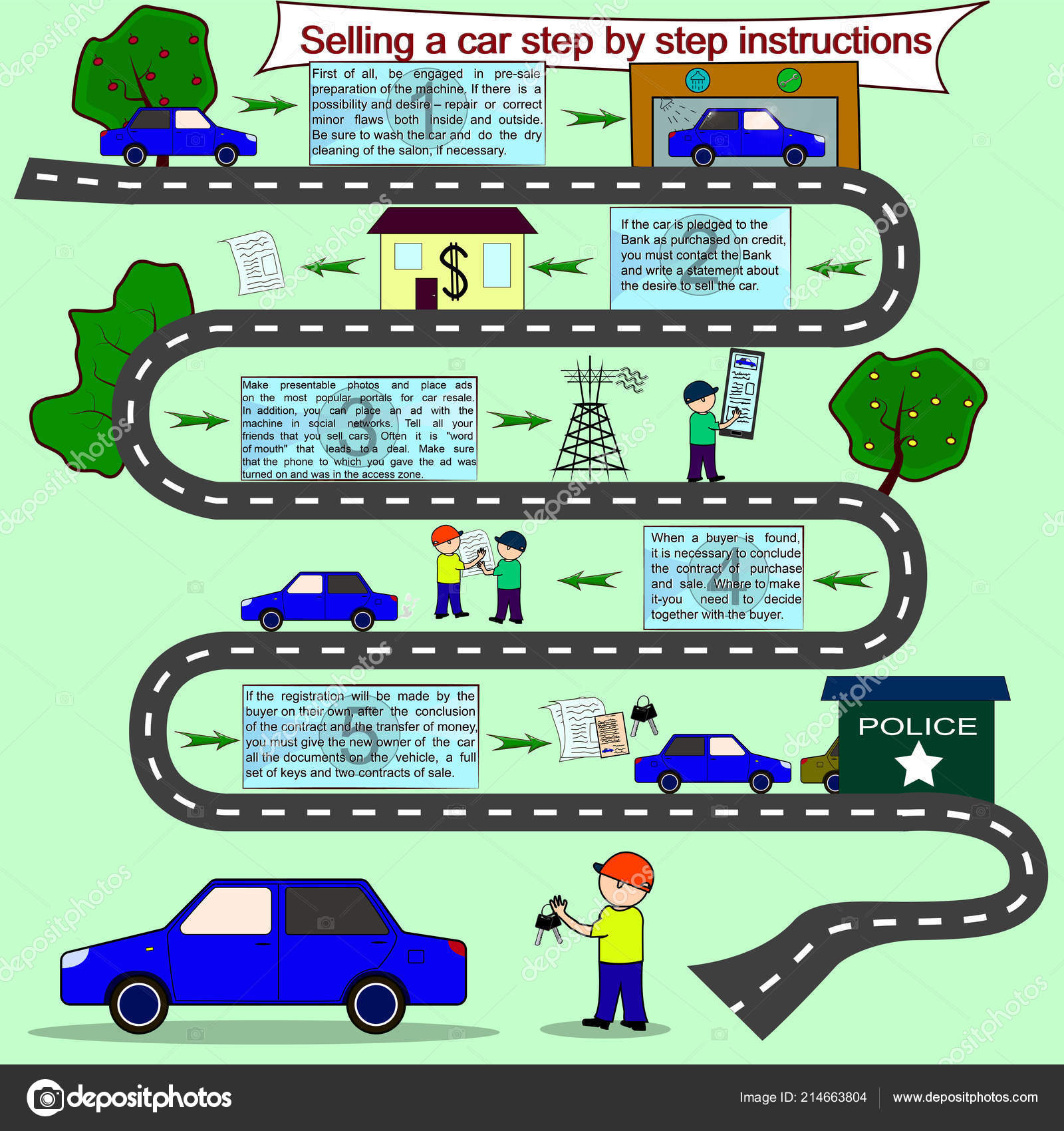Wondering About The Meaning Behind Those Control Panel Caution Lights? Gain Understandings Into Their Implications For Your Car'S Safety And Upkeep
Wondering About The Meaning Behind Those Control Panel Caution Lights? Gain Understandings Into Their Implications For Your Car'S Safety And Upkeep
Blog Article
Post Author-Lauritsen Stark
When you're behind the wheel, those glowing warning lights on your control panel can be a little bit difficult. Do you understand what they're trying to inform you about your car's health? Comprehending the value of these lights is essential for your safety and the longevity of your automobile. So, the following time among those lights turns up, would not you want to analyze its message precisely and take the needed actions to address it?
Common Warning Lights and Interpretations
Determine common warning lights in your car and understand their significances to make sure safe driving.
The most regular warning lights include the check engine light, which indicates problems with the engine or emissions system. If this light begins, it's important to have your car examined promptly.
The oil pressure warning light shows reduced oil pressure, calling for prompt interest to avoid engine damage.
A flashing battery light could suggest a faulty charging system, possibly leaving you stranded otherwise resolved.
The tire stress tracking system (TPMS) light informs you to reduced tire pressure, influencing car stability and gas efficiency. Neglecting this could result in harmful driving conditions.
source website indicates an issue with the anti-lock stopping system, compromising your ability to quit rapidly in emergencies.
Last but not least, the coolant temperature level cautioning light warns of engine getting too hot, which can result in extreme damage otherwise fixed promptly.
Recognizing these common warning lights will certainly aid you resolve issues promptly and maintain safe driving conditions.
Significance of Prompt Focus
Comprehending the common warning lights in your vehicle is only the first step; the value of immediately addressing these warnings can't be emphasized enough to ensure your safety when driving.
When a warning light illuminates on your dashboard, it's your automobile's means of connecting a prospective issue that requires interest. Disregarding these cautions can result in a lot more severe troubles later on, jeopardizing your security and potentially costing you much more in repairs.
please click the next website page to warning lights can avoid break downs and crashes. For https://tituskfavp.dm-blog.com/30370752/the-5-the-majority-of-common-misconceptions-about-vehicle-detailing-clarified , a flashing check engine light might indicate a misfire that, if left ignored, can cause damages to the catalytic converter. Resolving this promptly can conserve you from a pricey repair.
Similarly, a brake system warning light could indicate reduced brake fluid or worn brake pads, crucial elements for your security when driving.
Do It Yourself Troubleshooting Tips
If you discover a warning light on your dashboard, there are a couple of DIY repairing ideas you can try before looking for professional help.
The first step is to consult your auto's handbook to comprehend what the particular warning light indicates. Often the concern can be as easy as a loosened gas cap activating the check engine light. Tightening up the gas cap may deal with the problem.
One more usual concern is a reduced battery, which can trigger different warning lights. Inspecting the battery links for corrosion and guaranteeing they're secure may deal with the issue.
If a caution light lingers, you can attempt resetting it by separating the car's battery for a few minutes and then reconnecting it. Furthermore, examining your automobile's liquid degrees, such as oil, coolant, and brake fluid, can help troubleshoot cautioning lights associated with these systems.
Verdict
In conclusion, recognizing your car's warning lights is vital for keeping your lorry running smoothly and safely. By immediately dealing with these signals and knowing what they indicate, you can avoid costly fixings and potential break downs.
Keep in mind to consult your car's guidebook for particular information on each alerting light and take action as necessary to make sure a trouble-free driving experience.
Stay notified, stay safe when driving!
